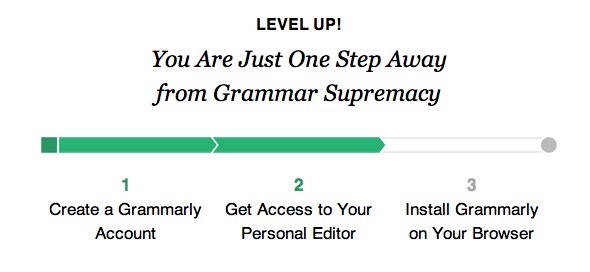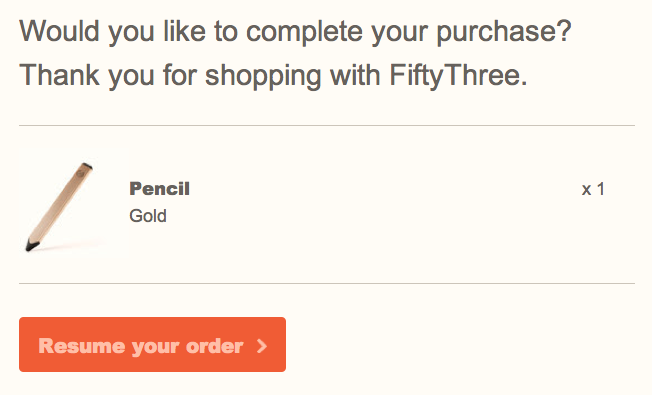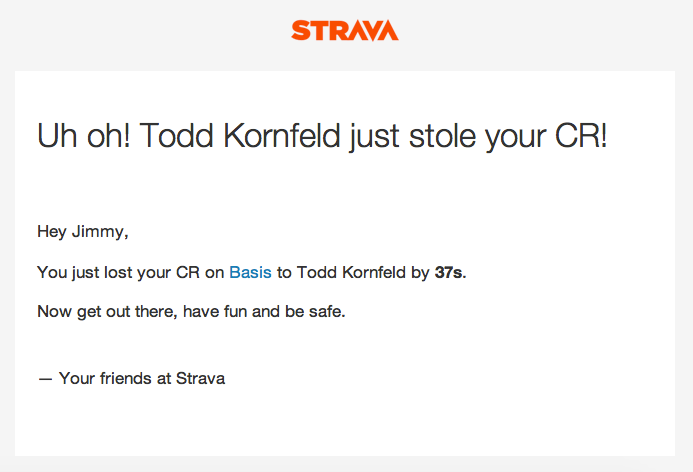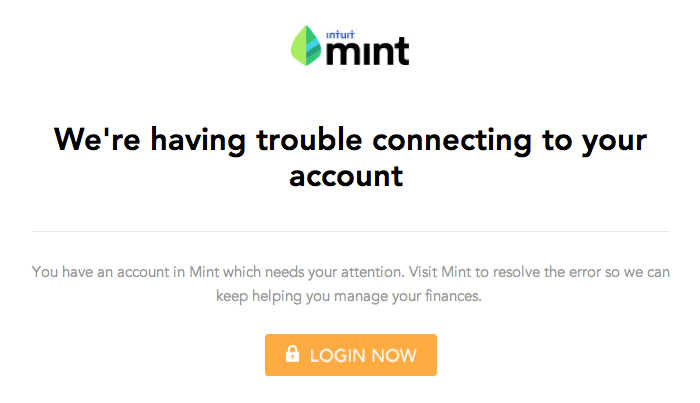The Zeigarnik Effect in Email: Progress, Satisfaction and Engagement
-
UncategorizedUpdatedPosted:
On this page
The Zeigarnik Effect is the uncomfortable feeling we get when things are left unfinished. That could be the cliffhanger in a season finale of your favorite TV show or the half-written proposal that’s been sitting on your desk for a week.
“It seems to be human nature to finish what we start,” according to Psychwiki.com. “And, if it is not finished, we experience dissonance.”
Whether you realize it or not, the Zeigarnik Effect helps you decide what products to buy, which TV shows to watch and what work to tackle each day. Maria Konnikova explores some of psychologist Bluma Zeigarnik research in Scientific American:
Zeigarnik ascribed the finding to a state of tension, akin to a cliffhanger ending: your mind wants to know what comes next. It wants to finish. It wants to keep working – and it will keep working even if you tell it to stop.
Zeigarnik’s research (and more since) show that humans are bothered by loose ends. The Zeigarnik Effect is not only easy to understand – we’ve all experienced and acted on those feelings – it’s also easy to apply to our lives and work.
You’ve likely heard advice that goes something like this: “Start somewhere, but just start.” Want to start a company or write a book? Just start. That nagging feeling of incompleteness will help you keep going. It works the other way too. Want to cut down the amount of TV you watch? Don’t start watching a new show. Once you start, you’ll feel compelled to keep going.
You might not be surprised to learn that businesses use the Zeigarnik Effect in their product development and marketing. The gaming industry, for example, relies on discontent to keep players engaged. The harder it is for a player to finish, the greater the dopamine rush at the end.

Marketers and product teams are in a unique position to leverage the Zeigarnik Effect. With simple tools like progress bars for example, it’s easy to display a user’s progress as they complete your onboarding. A study from the University of Toronto actually found that users prefer to understand how much they’ve completed and how much they have left to do.
Here are a few ways businesses are smartly (and ethically) using the Zeigarnik Effect in their emails.
Set an Expectation in the Subject Line

Perhaps the simplest example is Evernote, who labels its onboarding emails to let users know what to expect. This simple copy builds a progress bar into the campaign.
Users are never left wondering how many emails they’ll receive or how much more they need to learn about Evernote before they can use it. After reading the fifth email, they’ll feel confident in their abilities to use the product.
Use Visual Progress Cues

If you’ve already read our Grammarly case study, you know how they’ve built the Zeigarnik Effect into their product. The strategy is simple, but the effect is powerful.
Grammarly inserts visual cues into their weekly progress email to let users know there is more of the product to explore. The focus on a great product experience shapes the way Grammarly approaches sales and marketing.
Send one email with the right message for everyone.
Grammarly sends a weekly report to all users. The content is dynamic depending on each user’s attributes. A premium customer, for example, won’t see calls to action to upgrade. New customers can will see progress bars like the one above.
Vero’s segmentation and external attributes features make it easy to deliver a personalized email to all users, complete with appropriate calls to action and messaging.
Signup for a free trial to try it for yourself.
Employ the Right Language
Abandoned shopping cart emails are common but not always effective. As a general rule, they emphasize incompleteness. The purpose is to fuel the customers’ internal dissatisfaction, pushing them to complete the purchase.
Take FiftyThree for example.

Their abandoned shopping cart email uses key phrases like, “There’s something wrong in your cart” and “Resume your order.” It tries to make the customer feel unsatisfied.
It’s important to note that there is a fine line between building a great experience and exploiting human weakness for your own gain. Do abandoned shopping cart emails cross that line?
The answer is purely subjective. Since the strategy and the events that trigger the email are the same for all abandoned cart emails, it comes down to copy and tone. The goal is to use the email as a helpful reminder, not a sales pitch.
Tread lightly with sales-focused emails like this one. One overly-aggressive email can damage your relationship the customer.
Remind Users When Items Need Their Attention
The Zeigarnik Effect can affect our competitive instincts too. Strava, a tool that helps runners and cyclists measure their runs and rides, applies it to their marketing it an interesting way.
If you record a run or ride, then someone else completes it faster, they send you an email notification. The idea is that you’ll open up Strava and try to beat them.

Mint, a financial tracking tool, does something similar. Users can add their bank and credit card accounts for tracking and if there’s a problem with one, users get this notification.

In each case, users had already achieved satisfaction and something went wrong. Taking a simple action restores the balance (and encourages engagement with the products).
With great power comes great responsibility, so use the Zeigarnik Effect with care. Here’s to tying up all those loose ends.


